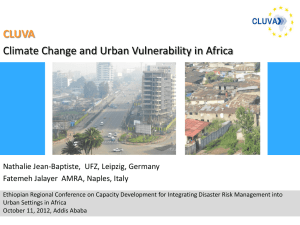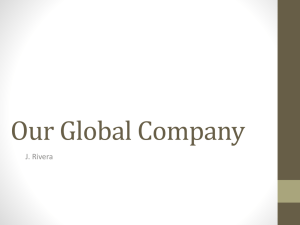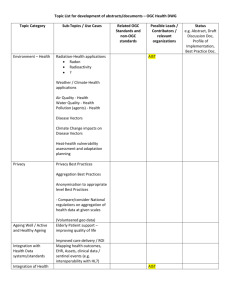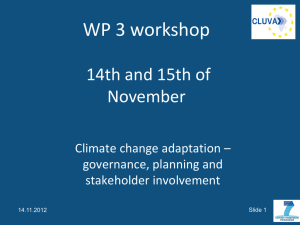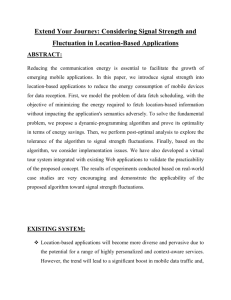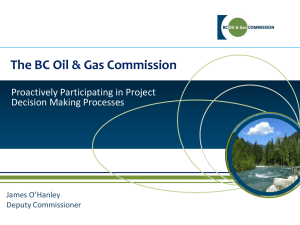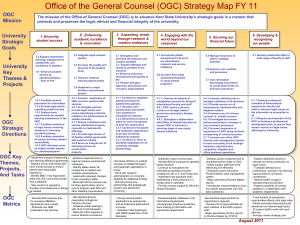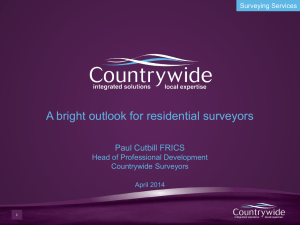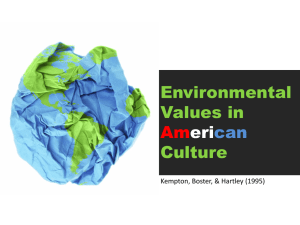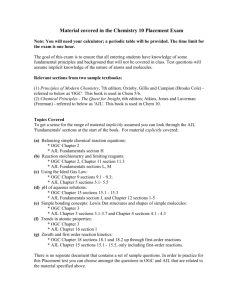A Web-based data dissemination platform Case Study
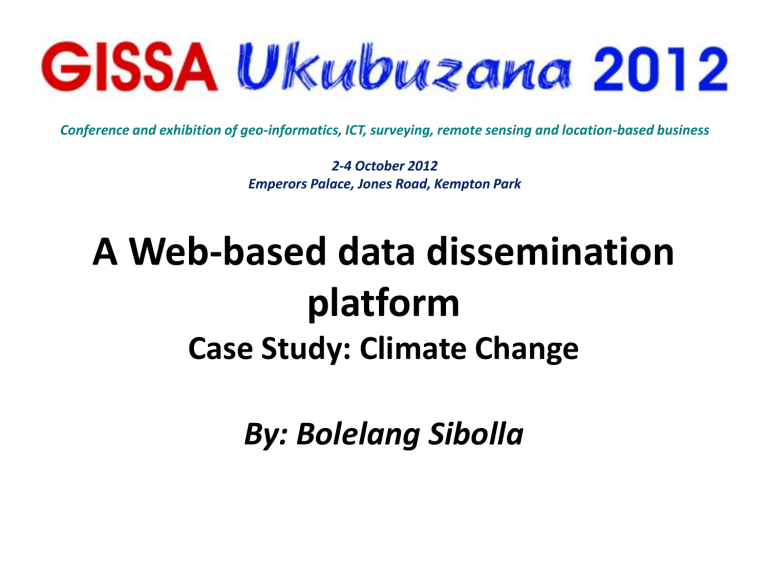
Conference and exhibition of geo-informatics, ICT, surveying, remote sensing and location-based business
2-4 October 2012
Emperors Palace, Jones Road, Kempton Park
A Web-based data dissemination platform
Case Study: Climate Change
By: Bolelang Sibolla
INTRODUCTION
• Advances in research, and worldwide collaboration, are a few of the reason that have led to the requirements for web based data sharing and dissemination.
• Researchers and scientists can be involved in one of two ways:
– Receivers of data
– Publishers of data
2
DATA SHARING REQUIREMENTS
• Timeliness
• Accuracy
• Reliability
• Easily understood by the intended users
3
RATIONALE
• This presentation addresses :
– Timeliness
– “User friendliness” of the data
• In response to the fact that data delivery has proven to be a stumbling block to the success of many projects.
• Case study: Climate change data
4
CASE STUDY - INTRODUCTION
• Climate Projection models for
Africa
• Regional models downscaled
• Period 1961 – 2100
• Resolution 50-80 km and 8 km
• Predicted variables: rainfall, humidity, air temperature, soil moisture, soil temperature, wind speed
• 6 different models: CSIRO,
GFDL2.0, GFDL2.1, UKHAD,
ECHAM5, MIROC
• Terrabytes of free data
CLIMATE CHANGE SERVER SYSTEM - 1
• FTP Server for direct download of ‘raw ‘data in native format
• Intended users: high level users who understand the underlying science behind climate change projection models
CLIMATE CHANGE SERVER SYSTEM - 2
Client 1 Client 2 Client 3
OGC Web Services
Middle-ware
Client requests and receives processed data
Data transformed to required format
The middle-ware communicates with the server to access the required data
Data
Storage
DATA DOWNLOAD – WEB SERVICES
8
VISUALIZATION
Kml data download format suitable for overlay on Google Earth
Dynamic Web Map Service with time extension – OGC
Standards 9
TIME SERIES
10
EO4VISTRAILS – CLIENT SERVICES
11
EO4VISTRAILS – CLIENT SERVICES
EO4vistrails – Client Services
12
EO4VISTRAILS – CLIENT SERVICES
13
EO4VISTRAILS WORKFLOW
14
CONCLUSSIONS
• Prototype
• Challenges/ Future work
• Improving the user interfaces
• Adding more functionality on the client side
• Data comparison
• Trend analysis
• More testing in EO4Vistrails
• Data security
15
ACKNOWLEDGEMENTS
• The work presented here forms part of the
EU/FP7 Project CLUVA
• (Climate Change and Urban Vulnerability in
Africa)
• http://www.cluva.eu
• http://ict4eo.meraka.csir.co.za/cluva/
16
Conference and exhibition of geo-informatics, ICT, surveying, remote sensing and location-based business
2-4 October 2012
Emperors Palace, Jones Road, Kempton Park

